Select an Orthopaedic Specialty and Learn More
Use our specialty filter and search function to find information about specific orthopaedic conditions, treatments, anatomy, and more, quickly and easily.
GET THE HURT! APP FOR FREE INJURY ADVICE IN MINUTES
Shoreline Orthopaedics and the HURT! app have partnered to give you virtual access to a network of orthopaedic specialists, ready to offer guidance for injuries and ongoing bone or joint problems, 24/7/365.
Browse Specialties
-
- Minimally Invasive Surgery (Arthroscopy)
Arthroscopy (Minimally Invasive Surgery)
Arthroscopy is a minimally invasive surgical procedure used by orthopaedic surgeons to visualize, diagnose, and treat problems inside the joint. Because it requires only tiny incisions, arthroscopy can be performed without a major, invasive operation and many procedures can be done on an outpatient basis.
More Info -
- Neck and Back (Spine)
- Physical Medicine & Rehabilitation (PM&R)
Cervical Spondylotic Myelopathy (Spinal Cord Compression)
Cervical spondylotic myelopathy (CSM), or spinal cord compression, is one of the most common age-related neck conditions in the U.S. Over time, normal wear-and-tear and effects of aging can lead to a narrowing of the spinal canal (spinal stenosis), compressing, or squeezing, the spinal cord. CSM can cause a variety of symptoms, including: a tingling, prickling sensation, numbness, weakness, difficulty walking (loss of balance), wide-based gait, coordination problems, clumsiness, difficulty with simple tasks, neck pain and stiffness.
More Info -
- Muscle Disorders
- Sports Medicine
Contusions or Bruises
Muscle contusions, or bruises, are second only to strains as a leading cause of sports injuries. Most contusions are minor and heal quickly, without requiring the athlete to be removed from the game. However, severe contusions can cause deep tissue damage, which may lead to complications and/or keep the athlete out of sports for months.
More Info -
- Arthritis
- Hip
- Joint Disorders
- Joint Replacement & Revision
Hip Arthritis
Hip arthritis is a leading cause of hip pain and stiffness. Arthritis is the loss of the normal protective cartilage that covers the bones. When this cartilage or “padding” of the bone breaks down and is lost, areas of raw bone become exposed. When large areas of bone are exposed, they grind against each other with standing and walking. This is “bone on bone” arthritis and is usually painful.
More Info -
- Hip
- Joint Disorders
- Physical Medicine & Rehabilitation (PM&R)
Hip Bursitis (Trochanteric Pain Syndrome)
Hip bursitis is typically the result of inflammation and irritation in one of two major bursae in the hip. One covers the bony point of the hip bone (greater trochanter). Inflammation of this bursa is known as trochanteric bursitis.
More Info -
- Neck and Back (Spine)
- Pediatric Injuries
- Physical Medicine & Rehabilitation (PM&R)
Scoliosis
Scoliosis is a common condition of the spine that affects many children and adolescents. Unlike a normal spine that runs straight down the middle of the back, a spine with scoliosis forms a sideways curve that may look like a letter “C” or “S.” Scoliosis can cause the spine to rotate or turn, resulting in a shoulder, shoulder blade (scapula), or hip that appears higher than the other.
More Info -
- Sports Medicine
Sports Medicine Overview
Sports medicine is a specialty within orthopaedics that treats injuries to bones, joints, cartilage, tendons, ligaments, and muscles. Many of these injuries are sustained during athletic activity, but not all people who experience these injuries are competitive athletes. Therefore, we will develop a treatment plan that makes most sense for each individual.
More Info -
- Fractures, Sprains & Strains
- Hand & Wrist
Wrist, Scaphoid Fracture
Fractures of the scaphoid occur in people of all ages. This fracture often happens as a person tries to break a fall and lands on an outstretched hand with the palm bearing most of the weight. Automobile accidents and sports injuries are also frequent causes.
More Info

